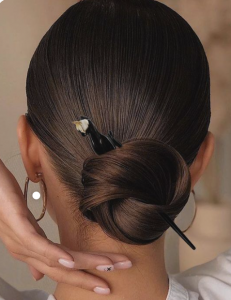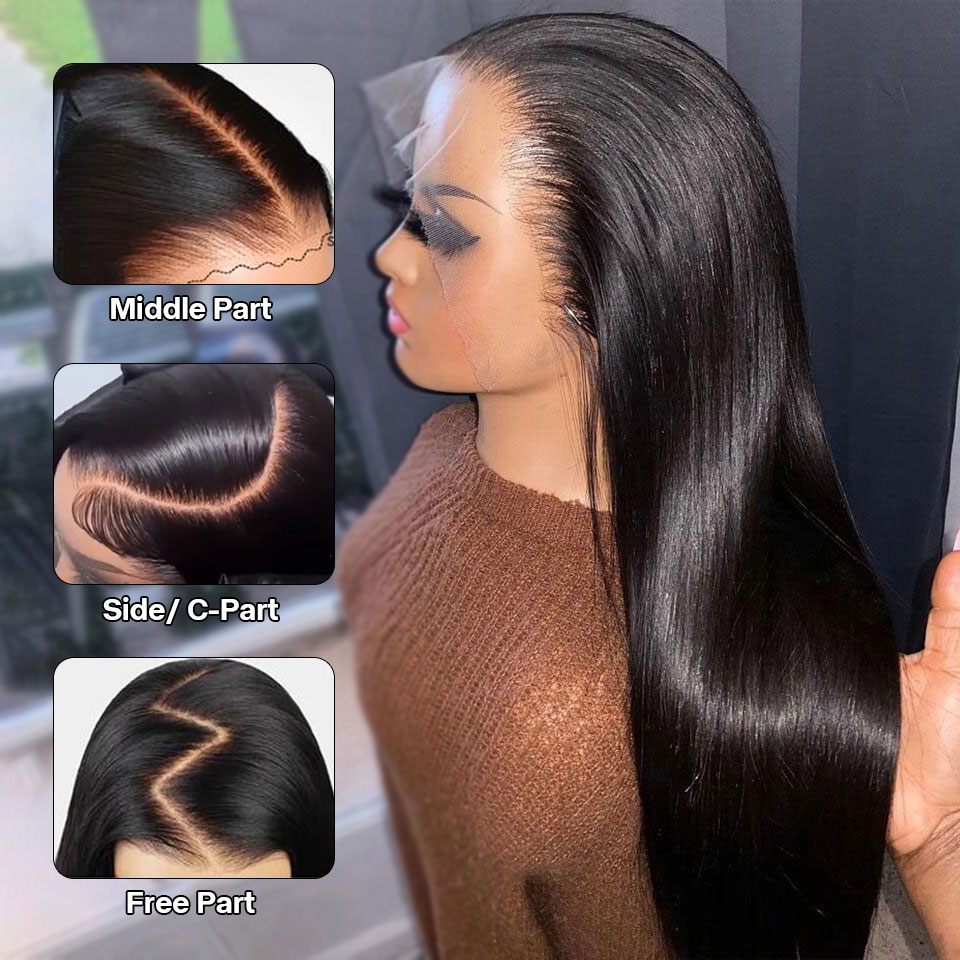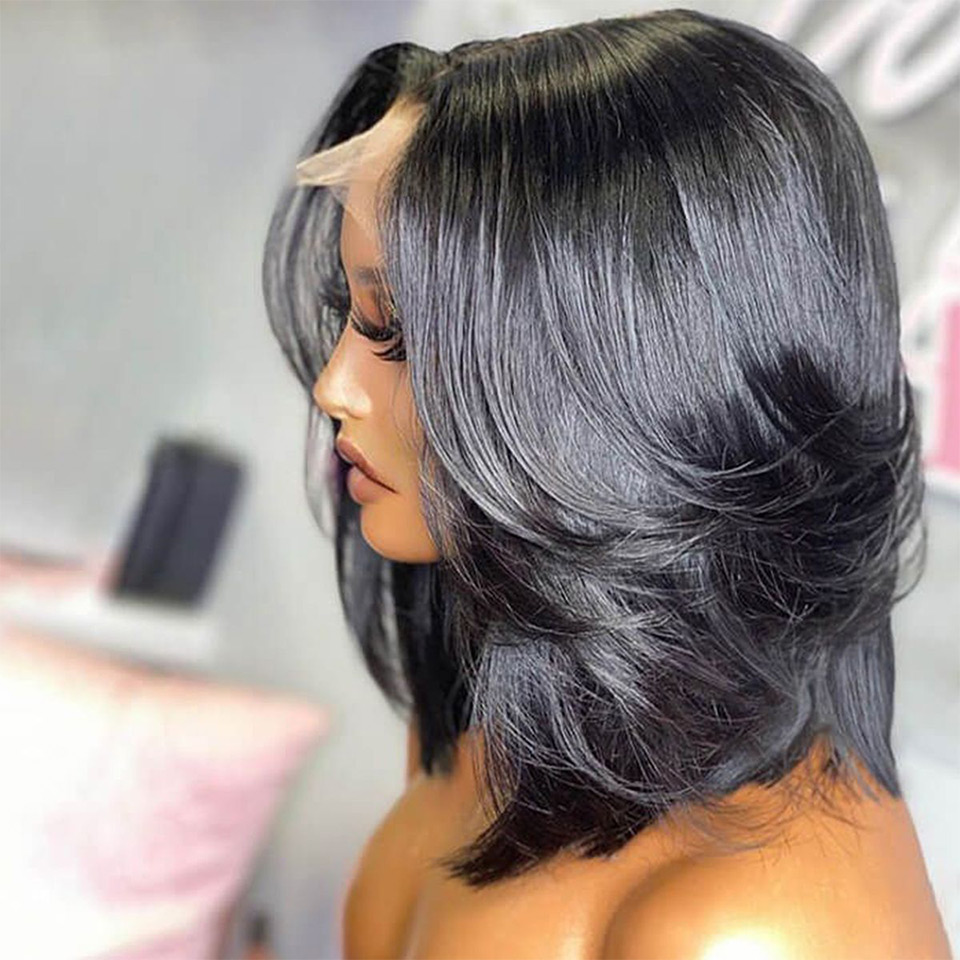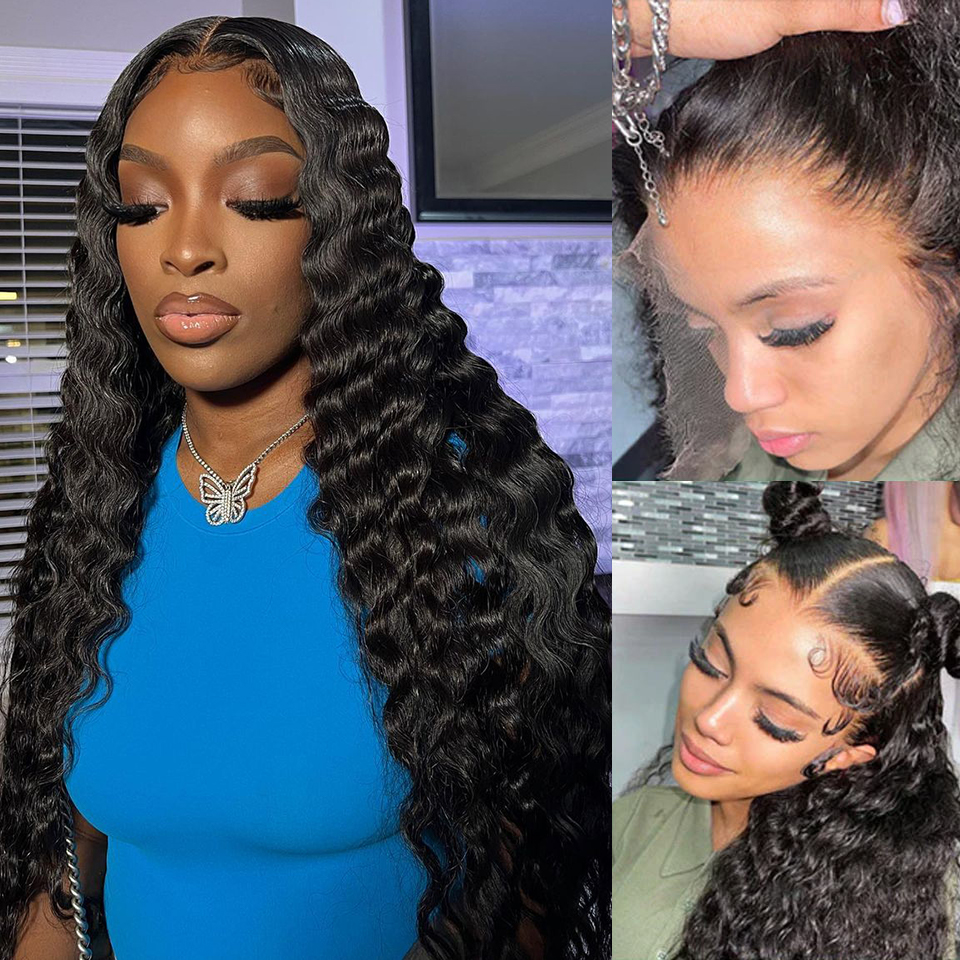Human hair wigs have gained popularity as a versatile and convenient solution for those seeking a natural-looking and easily manageable hairstyle. Among the various types available, “put on and go” wigs, commonly known as lace front or full lace wigs, have become a sought-after choice due to their realistic hairline and seamless integration with the scalp. As more individuals embrace the benefits of wearing human hair wigs, questions arise about their suitability for certain activities, particularly swimming and working out.
This comprehensive article will delve into the considerations and implications of wearing put on and go human hair wigs during swimming and exercise. We will explore the factors that influence their performance during these activities, address potential risks, and provide guidelines for proper care to ensure the longevity and natural appearance of the wig.
1. Understanding put on and go human hair wigs.
Before discussing whether human hair wigs are suitable for swimming or working out, it’s essential to understand the construction and characteristics of put on and go wigs. These wigs feature a delicate lace or mesh base that mimics the scalp, allowing for a seamless hairline and natural appearance. The hair strands are individually hand-tied onto the lace, providing the illusion of hair growing directly from the wearer’s scalp. The term “put on and go” highlights the convenience of these wigs, as they can be easily donned and styled without extensive effort.
2. The resilience of human hair wigs.
Human hair wigs are generally more resilient than synthetic wigs, as they can withstand heat styling and have a natural texture that mimics real hair. However, even with their superior quality, human hair wigs still require gentle care and attention to maintain their appearance and longevity.
3. Can I swim with a put on and go human hair wig?
Swimming while wearing a human hair wig, especially a put on and go lace front or full lace wig, is not without its challenges and risks. The primary concern is the exposure to water, particularly chlorinated pool water and saltwater from the ocean. Both chlorine and salt can be damaging to both natural and synthetic hair.
3.1 Chlorine exposure: Chlorine is commonly used in swimming pools to disinfect the water. While it helps keep the pool water safe for swimmers, it can have adverse effects on human hair wigs. Prolonged exposure to chlorine can cause the hair to become dry, brittle, and prone to breakage. Additionally, the delicate lace or mesh base of a put on and go wig may be adversely affected by chlorine, leading to weakening and potential damage.
3.2 Saltwater exposure: Saltwater, such as that found in the ocean, can also be harmful to human hair wigs. The high salt content can strip the hair of its natural moisture, resulting in dryness and tangling. Moreover, saltwater can corrode the wig’s lace or mesh base over time.
4. Working out with a put on and go human hair wig.
Working out while wearing a human hair wig poses similar challenges as swimming. During physical activities, the body produces sweat to regulate temperature, and this sweat can affect the wig in several ways.
4.1 Sweat and wig adhesives: Many individuals use wig adhesives to secure put on and go wigs in place, especially along the hairline. However, sweat can weaken the adhesive’s grip, potentially leading to wig displacement during workouts.
4.2 Odor and discomfort: Sweat accumulation in the wig can cause unpleasant odors and discomfort. Proper cleaning and maintenance are essential to keep the wig fresh and hygienic.
5. Guidelines for swimming and working out with a human hair wig.
While it is not advisable to wear a put on and go human hair wig for swimming or intense workouts, there are some precautions and alternative options that wig wearers can consider.
5.1 Alternative wig options: For individuals who wish to swim or work out regularly, it is best to consider alternative wig options. Synthetic wigs, particularly those designed for swimming or exercise, tend to be more resistant to water damage and sweat. These wigs are made from synthetic fibers that can better withstand exposure to chlorine and saltwater.
5.2 Protective measures: If wearing a human hair wig during light exercise or in situations where the wig may come into contact with water, there are some protective measures to consider. Using a silicone-based product or waterproof adhesive can create a barrier between the wig base and the scalp, offering some protection against water damage. However, it is crucial to follow the manufacturer’s guidelines and consult with a professional hairstylist before using any products on the wig.
5.3 Proper cleaning and maintenance: Whether worn for swimming or exercise, thorough cleaning and proper maintenance are essential for the longevity and appearance of the human hair wig. After swimming or working out, it is crucial to wash the wig thoroughly to remove any sweat, salt, or chlorine residue. Use a sulfate-free shampoo and conditioner, and let the wig air-dry to maintain its quality.
5.4 Consult with professionals: If unsure about the compatibility of a human hair wig with swimming or exercise, seek advice from a professional wig stylist. They can provide personalized guidance and recommendations based on the wig type and your specific needs.

What kind of hairstyles are suitable for swim or work out when you wearing a put on and go wigs?
When wearing put on and go wigs for swimming or working out, it’s essential to choose hairstyles that are secure, comfortable, and minimize the risk of wig displacement. Here are some suitable hairstyles for these activities:
Low ponytail or braid: A low ponytail or braid is a simple and effective hairstyle for securing the wig during physical activities. Gather the hair at the nape of the neck and tie it with a soft, non-metallic hair tie. Avoid pulling the hair too tightly to prevent tension on the wig cap.
Two braids: Divide the hair into two sections and create two braids on either side. This hairstyle evenly distributes the hair’s weight, reducing stress on the wig base and minimizing the chances of the wig shifting during movement.
Bun or topknot: A low bun or topknot can be an excellent option for those with longer hair. Gather the hair at the crown of the head and twist it into a bun or topknot. Secure with hairpins or a soft hair tie, ensuring that the bun is not too tight to maintain wig stability.
Headband: Wearing a headband can help keep the hair and wig in place during workouts. Choose a wide, stretchy headband that covers the hairline and keeps the wig secure.
Wig grip band: Consider using a wig grip band or a wig cap with silicone or velvet lining. These accessories create a non-slip surface against the scalp, providing added security for the wig during physical activities.
Wig clips: If the put on and go wig has combs or clips inside the cap, use them to secure the wig to the hair. Wig clips can help anchor the wig in place, preventing it from shifting during movement.
No-hairline method: Some wig wearers choose to secure their wigs using the “no-hairline” method. This involves using adhesive or wig tape to attach the wig directly to the scalp, eliminating the need for any exposed natural hairline. However, this method should only be attempted by those with experience in wig application.
Half-up, half-down: Create a half-up, half-down hairstyle, securing the top half of the hair while leaving the bottom half loose. This style can offer a compromise between keeping the hair out of the way and maintaining a natural appearance.
Wig cap: Before putting on the wig, consider wearing a wig cap to contain and protect the hair. This additional layer can help reduce friction between the wig and the hair, minimizing the risk of hair tangling during physical activities.
Do and Don’t when you wearing a put on and go wig while swimming or work out.
Wearing a put on and go wig while swimming or working out requires careful consideration and proper precautions to ensure the wig’s longevity and your comfort. Here are some do’s and don’ts to keep in mind:
Do’s:
Choose the right wig type: Opt for a high-quality human hair wig designed for daily wear and light activities. If you frequently swim or work out, consider using a synthetic wig specifically designed for these purposes.
Secure the wig properly: Before engaging in physical activities, ensure that the wig is securely attached. Use wig clips, adjustable straps, adhesive, or a wig grip band to keep the wig in place.
Protect the hair: If you have natural hair underneath the wig, consider wearing a wig cap or a protective style (such as braids or twists) to minimize tangling and friction between the wig and your hair.
Choose suitable hairstyles: Opt for hairstyles that keep the hair and wig secure without putting excessive tension on the wig cap. Low ponytails, braids, buns, or headbands can be great options.
Clean and dry the wig afterward: After swimming or working out, thoroughly clean the wig with a sulfate-free shampoo and conditioner to remove any sweat, salt, or chlorine residue. Allow the wig to air-dry completely before wearing it again.
Use protective products: If you plan to swim, consider using a silicone-based product or adhesive to create a barrier between the wig base and your scalp. This can provide some protection against water damage.
Consult a professional: If you’re uncertain about wearing the wig for swimming or exercise, seek advice from a professional wig stylist. They can offer personalized tips and guidance based on your wig type and lifestyle.
Don’ts:
Avoid prolonged exposure to water: Limit the amount of time the wig is exposed to water during swimming. Prolonged exposure to chlorinated or saltwater can damage both the wig’s hair strands and its delicate lace or mesh base.
Don’t wear a loose wig: Ensure the wig is securely attached to prevent it from shifting during physical activities. A loose wig can lead to discomfort and potential hair tangling.
Avoid tying the hair too tight: While hairstyles like ponytails and braids can secure the wig, avoid tying the hair too tight to prevent tension headaches and hair breakage.
Don’t use harsh hair products: Avoid using harsh hair products like hairsprays or gels while wearing the wig, as they may cause damage to the hair strands and wig base.
Don’t neglect cleaning and maintenance: Properly clean and care for the wig after each use. Neglecting regular maintenance can lead to a buildup of sweat, dirt, and residue, affecting the wig’s appearance and hygiene.
Don’t use hot water or heated styling tools: Refrain from using hot water or heated styling tools on the wig after swimming. Excessive heat can damage the hair strands and alter the wig’s texture.
Don’t sleep with the wig on: Remove the wig before sleeping, as friction between the wig and pillow can lead to tangling and damage to the wig fibers.
Conclusion.
While put on and go human hair wigs offer a convenient and natural-looking option for daily wear, it is essential to exercise caution when considering wearing them for swimming or working out. The exposure to chlorine, saltwater, and sweat can pose risks to the wig’s appearance and integrity. For regular swimming or intense workouts, alternative wig options, such as synthetic wigs designed for such activities, may be more suitable.
Proper care and maintenance are paramount to ensure the longevity and natural appearance of a human hair wig. Always follow the manufacturer’s guidelines and consult with professionals for personalized advice. With the right precautions and considerations, wig wearers can strike a balance between their desired hairstyle and engaging in water-based activities or exercise routines.





















